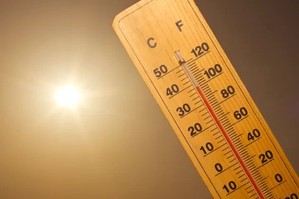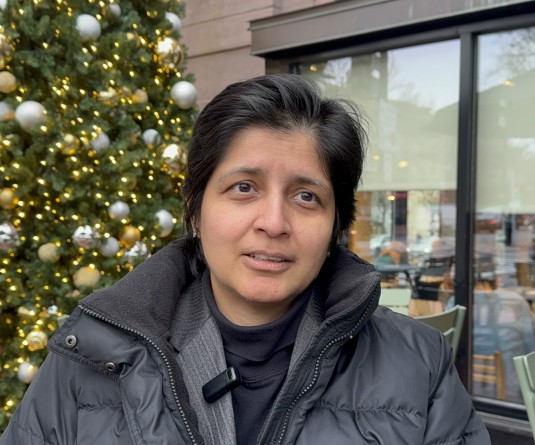IANS Photo

New Delhi, March 19 (IANS) Global mean temperatures have risen by more than 1.3 degrees Celsius since 1850, and set a new record in 2023, revealed a new analysis from Climate Central, a US-based organisation of climate scientists and researchers, which explains how temperatures in February have become warmer, leading to a missing spring season.
The data has been analysed from 1970 till now. Twelve out of the 34 states and UTs are witnessing the fastest warming winter season now.
The primary cause of this warming is rising levels of carbon dioxide in the atmosphere from burning coal, oil, and natural gas.
The purpose of this analysis is to place India in the context of these global trends, with a focus on winter (December-February).
Climate Central calculated the monthly average temperature for 33 states and Union territories.
It focused on the period 1970-present as this is the period when most global warming has occurred and for which consistent data exists.
For each state or territory, Climate Central found the rate of warming for each month and each three-month meteorological season.
Warming rates are expressed as change in the state-average temperature since 1970.
Additionally, many Indians report that spring has disappeared, temperatures transition quickly from winter to summer-like conditions.
It considers whether warming trends in the winter can explain this observation and where it is most likely to apply.
Every region considered had net warming during winter. Manipur had the largest change since 1970 (2.3 degrees Celsius), while Delhi had the smallest (0.2 degree). Winter is the fastest warming season for 12 out of the 34 states and territories considered.
This is second only to autumn, which was the fastest warming season in 13 regions.
There are notable differences in the pattern of temperature changes during the winter season.
The southern part of the country has strong warming in December and January.
Sikkim (2.4 degrees) and Manipur (2.1 degrees) had the largest changes in temperature in December and January, respectively.
The northern part of the country had weaker warming and even cooling during December and January.
Delhi had the lowest rates during this period (minus 0.2 degree in December, minus 0.8 degree in January), and among the states.
Ladakh (0.1 degree in December) and Uttar Pradesh (minus 0.8 degree in January) had the lowest warming rates.
The pattern changes dramatically between January and February.
All regions have warmed in February but the warming is especially pronounced in many of the regions that showed cooling or low warming in the previous months. Jammu and Kashmir had the highest warming (3.1 degrees) and Telangana had the lowest (0.4 degree).
In the northern part of India, the contrast between January trends (cooling or slight warming) and February (strong warming) means that these regions now have the potential for abrupt transitions from cool winter-like temperatures to the much warmer conditions that traditionally occurred in March.
To show this change, Climate Central took the difference between the January and February warming rates.
The largest jump in warming rates occurred in Rajasthan.
A total of nine states and territories showed a January-February difference of more than 2 degrees -- Rajasthan, Haryana, Delhi, Uttar Pradesh, Himachal Pradesh, Ladakh, Punjab, Jammu and Kashmir, and Uttarakhand. This supports the reports that it feels like spring has disappeared in many parts of India.






